Vape Coils: The Ultimate Guide You Will Need
Does your vaping e-liquid taste burnt, or is it not generating enough vapour? The problem might lie with your vape coil. It could be overheated, clogged, or damaged.
Many vapers, especially those new to the scene, don’t know the ins and outs of vape coils. From the type of material to the resistance level, understanding vape coils is essential for any vaper.
In this comprehensive guide, we'll delve into the world of vape coils, exploring their different types, how they work, and how to choose the right one for your preferences. We'll also provide essential maintenance tips to ensure optimal performance and longevity.
Whether you're a seasoned vaper or just starting your journey, this guide will equip you with the knowledge to make informed decisions about your vape coils and enhance your overall vaping experience.
What Is A Vape Coil?
A vape coil, also known as an atomiser coil or simply an atomiser, is a heating element. It comprises a wire (or wires) wound into a coil shape and a wicking material (usually cotton) that absorbs the e-liquid from the pod.
As the vape battery generates electricity, the coil heats up, turning the e-liquid into vapours that you inhale. Think of it as the heating element in a toaster but for vape juice.
Coils are typically made of a resistive wire wrapped around a wicking material, which absorbs e-liquid and feeds it to the coil. When you inhale, the coil heats up, vaporising the e-liquid and producing the vapour you enjoy.
How Does It Work?
A vape coil is a tiny heating element within your vaping device. When you inhale, the battery sends electricity to the coil, causing it to heat up. Similar to how a wick in a candle draws up liquid, the wicking material in a vape coil absorbs e-liquid and feeds it to the hot coil.
As the e-liquid comes into contact with the heated coil, it vaporises, producing the flavorful vapour you inhale. The type of wire, wicking material, and coil resistance all play a role in determining the vaping experience, influencing the flavour, vapour density, and coil longevity.
Types Of Vape Coils
Vape coils come in various types, each with its unique characteristics and performance. Different coil metals have different ramp-up times, flavours, and vape mods. Understanding these differences will help you choose the right coil for your vaping preferences and device.
Based On Resistance
Coils are primarily classified based on their resistance, measured in ohms (Ω). The electrical resistance influences vapour production and flavour, depending on your preferred vaping style.
Plus-Ohm Coils
These coils have a resistance higher than 1 ohm. They are typically used for mouth-to-lung (MTL) vaping, in which you draw vapour into your mouth before inhaling it into the lungs. So, they are used in simpler vaping devices like pod systems or smaller mods. Plus-ohm coils offer a more restricted draw, similar to smoking, and tend to produce less vapour but better flavour. They are also known for longer battery life.
Sub-Ohm Coil
These coils have a resistance lower than 1 ohm. They heat up more quickly, resulting in warmer vapour and intense clouds. Due to this, sub-ohm coils are generally better suited for Direct-to-Lung (DTL) vaping. They are a great choice for advanced vapers who prefer a more powerful and satisfying vape. The only downside is that they work on high wattage, draining your battery faster and losing some flavour.
Based On Coil Material
The material used to construct the coil wire significantly impacts its performance and flavour.
Stainless Steel
Stainless steel coils have become a popular choice among vapers due to their versatility and performance. They are well-suited for both wattage and temperature control modes, offering a range of benefits that make them a preferred option for many. Plus, it is durable and lasts for many months if taken care of properly.
Kanthal
Kanthal is another common coil material known for its durability and resistance to oxidation. It offers good flavour and heat retention, making it a versatile choice for many vapers.
Kanthal coils are best for wattage mode. TC mods struggle to accurately monitor and adjust power output with kanthal, leading to overheating and dry hits. While they lack TC precision, kanthal coils are durable, consistent, and versatile in wattage mode.
Nichrome
Nichrome is an alloy of Nickel (20%) and Chromium (80%). It is famous for its quick heat-up time, warm flavours, and large vapour cloud. That’s why Nichrome coils are mostly used in sub-ohm vaping. Moreover, Nichrome protects your coil from oxidation, ultimately saving the flavour and colour of the vape juice.
Titanium
Titanium has become another popular coil material despite its high cost. What makes it popular is that it is very easy to twist and cut, making it a perfect choice for a homemade vape coil. Plus, it offers a very crisp taste of the vape juice that’s liked by experienced vapers.
Safety Tip: Handle titanium with care, as it is a highly flammable material, even more so than other coil materials.
Based On Coil Wire
The shape and structure of the coil wire can also affect its performance.
Wire Coils
Traditional coils are made by wrapping a wire around a post. They offer good flavour and vapour production but may require more complex building techniques.
Mesh Coils
Mesh coils are made from a flat sheet of wire mesh, often pre-wrapped around a wick. They provide excellent wicking and heat distribution, resulting in consistent flavour and vapour production. Mesh coils are generally easier to build and maintain.
Based On Wicking Material
The material used to wick e-liquid to the coil is equally important. Cotton and ceramic wicks are the most common, while other options are also coming up, such as silica.
Cotton
Cotton is the most common wicking material due to its natural properties, excellent absorption, and compatibility with various e-liquids. Cotton wicks require proper priming and maintenance to prevent dry hits.
Ceramic
Ceramic wicks are becoming more popular due to their durability, quick heat-up time, and reduced risk of dry hits. They are often used in disposable pod systems and other devices where low maintenance is desired.
How To Choose The Right Coil For Vaping?
Selecting the right vape coil is crucial for a satisfying vaping experience. Consider the following factors:
Type Of Coil Material
- Flavour: Stainless steel and Kanthal are known for their flavour retention, while Nichrome and Titanium offer a slightly different flavour profile.
- Vapour Production: Nichrome and Titanium are generally better for producing large clouds of vapour.
- Durability: Stainless steel and Kanthal are more durable than Titanium, which can oxidise if not handled properly.
Coil Resistance
- Power Output: Higher resistance coils (plus-ohm) are suitable for lower-powered devices like pod systems, while lower resistance coils (sub-ohm) require more powerful mods.
- Battery Life: Plus-ohm coils tend to have longer battery life compared to sub-ohm coils.
- Vapour Density: Sub-ohm coils produce denser vapour clouds.
Vaping Style
- Mouth-to-Lung (MTL): If you prefer a tighter draw and more discreet vaping, plus-ohm coils with higher resistance are ideal.
- Direct-to-Lung (DTL): For a more open draw and larger vapour production, sub-ohm coils with lower resistance are better suited.
- Flavour Focus: If flavour is your priority, consider stainless steel or Kanthal coils.
By carefully considering these factors, you can select the vape coil that aligns with your vaping preferences and device, ensuring an enjoyable and customised vaping experience.
Maintenance Tips For Vape Coils
Proper maintenance is essential to prolong the lifespan of your vape coils and ensure optimal performance.
Prime New Coils
Priming a new vape coil ensures that it runs smoothly for a long time. Priming simply means saturating your wick with e-liquids. You can do that by placing a few drops of the vape juice inside the coil casing and leaving it for some time. Once the wick is completely filled with e-liquid, place the coil into the vape tank. This prevents dry burning and ensures a smooth vaping experience.
Keep The Wick Saturated
Avoid dry hits by ensuring the wick remains saturated with e-liquid. Take breaks between puffs, especially with powerful mods, to allow the wick to resaturate. Also, maintain adequate e-liquid levels in your tank or pod.
Avoid Burnt Hits
If you notice a burnt taste, stop vaping immediately and inspect the coil for any burnt residue. If the coil is damaged, replace it.
Clean It Often
Though cleaning the coil isn’t exactly as effective as replacing it, it improves the coil’s lifecycle. Use a cotton bud to clean your coils and tank. You can also soak the coal (after removing the wick) in a cleaning liquid to remove the residue.
Conclusion: Enhance Your Vaping Experience with IVG UK
Now that you have a better understanding of vape coils, you can make informed decisions about choosing and maintaining them. By selecting the right coil for your vaping style and device, you can enjoy the optimal flavour, vapour production, and battery life.
Enhance your vaping experience with IVG UK's high-quality vape coils. Our coils are designed to deliver exceptional performance and flavour. Explore our wide range of options to find the perfect coil for your needs.
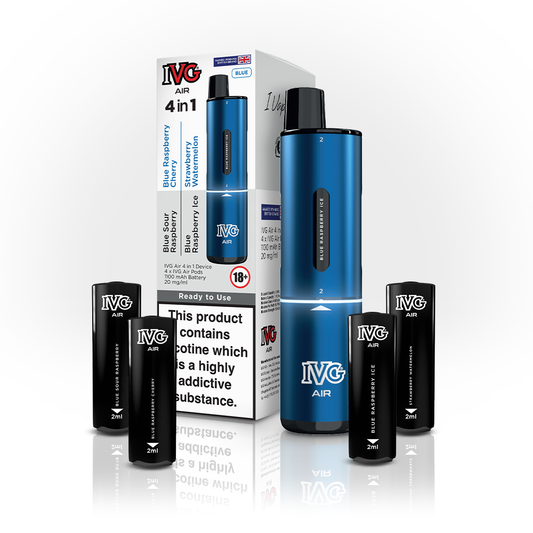
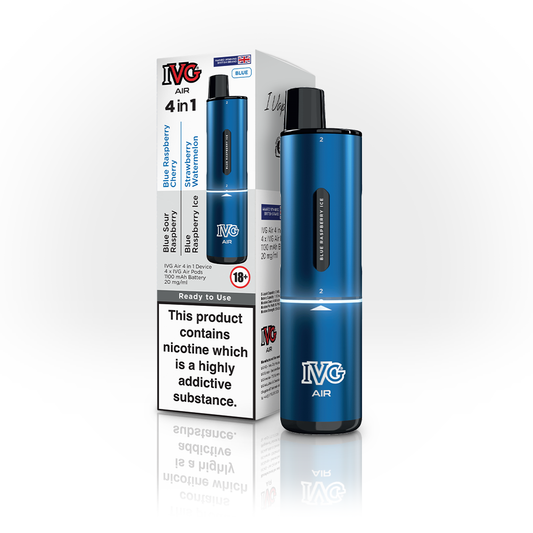

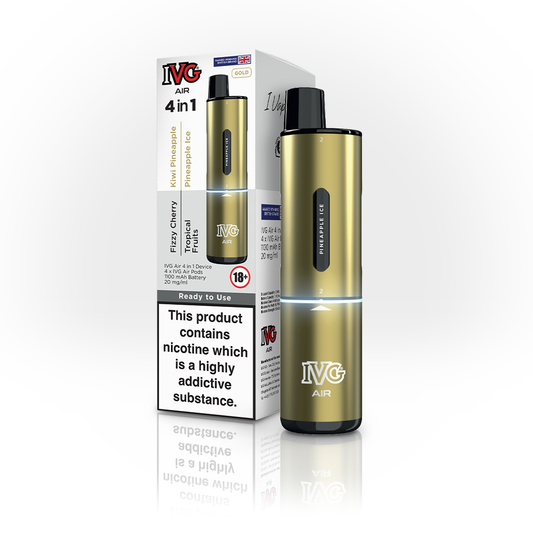
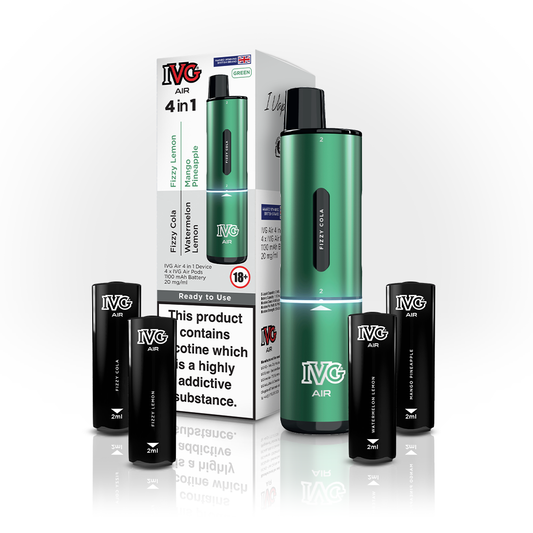
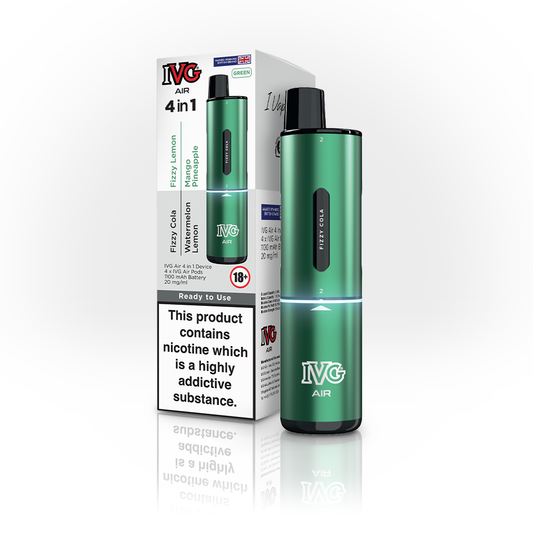



Leave a comment
Please note, comments need to be approved before they are published.